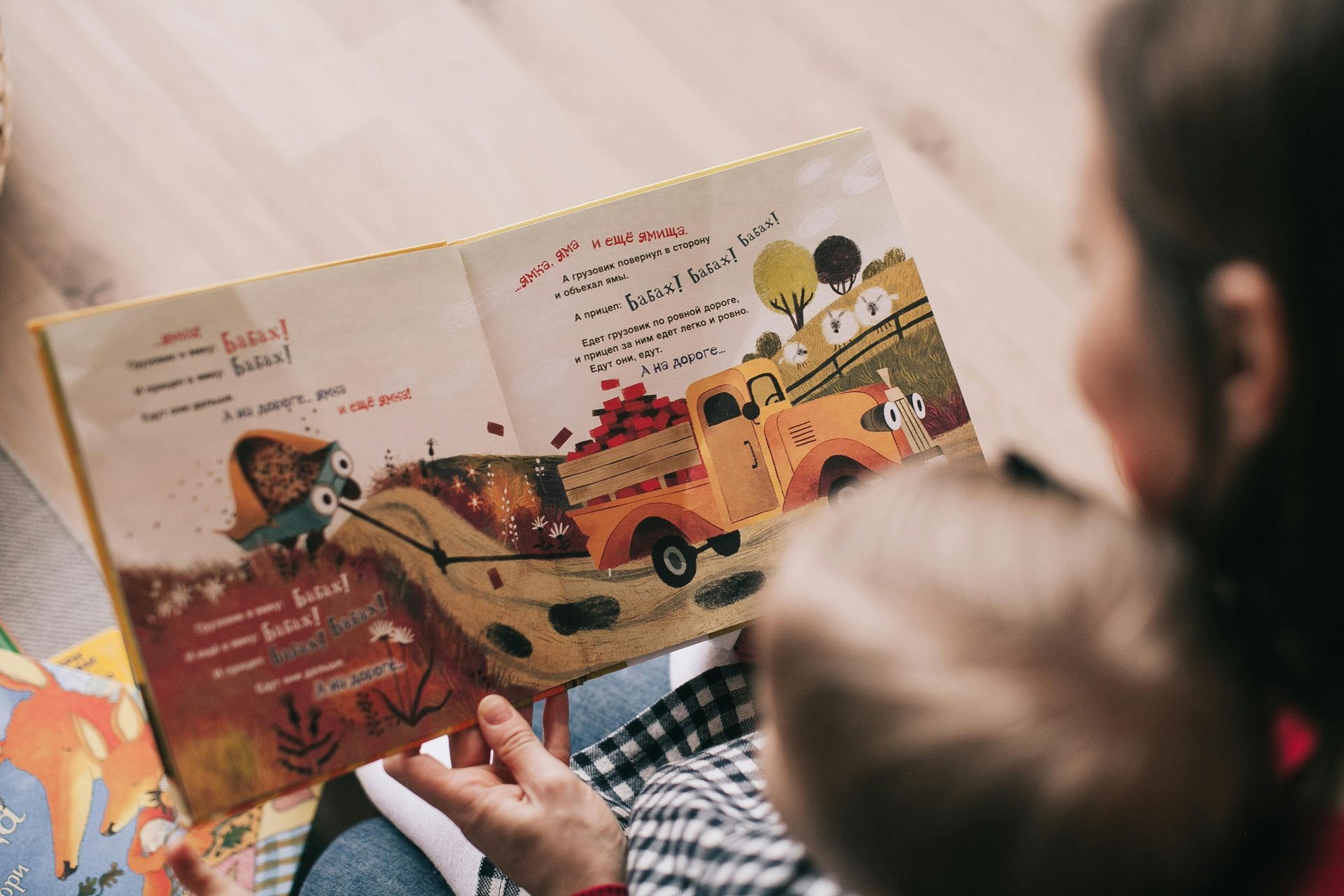When Your Kid Whines and You Want to Scream: A Better Way Forward
Whining: Why It Happens, Why It Triggers Us, and What We Can Do About It
Is there anything that grates on your nerves more than a child whining?
As a parent coach and a mom of two, I’ve got three key things to say about this:
- You’re not crazy—your brain is wired to cringe when you hear whining.
- Your child isn’t trying to drive you up the wall—they’re wired to do it.
- You can reduce the whining.
Let’s unpack each one.
1. Why Whining Sets Parents Off
Whining isn't just annoying—it hits us on a deep, biological level.
Acoustically, whining shares characteristics with other distress vocalizations: it's high-pitched, prolonged, and unpredictable in tone. These are the exact features that our brains are hardwired to notice immediately—because, evolutionarily, they signaled that something was wrong and needed urgent attention. This response comes from your brain’s alarm system, specifically the amygdala, which triggers heightened emotional arousal, irritability, and stress hormone release.
Physiologically, it’s also uncomfortable. Dissonant tones—frequencies that clash rather than harmonize—are actually painful for the human auditory system. On top of that, whining doesn’t follow normal speech patterns; it’s drawn out and erratic. That unpredictability puts a cognitive load on your brain. You want to tune it out, but you can’t.
In short: Your body is reacting exactly as it was designed to.
And understanding this is incredibly validating.
2. Why Kids Whine Anyway
Here’s where it gets interesting. If our brains are so irritated by whining, why would our kids be wired to do it?
Because it works.
Children don’t whine to irritate you—they do it because it’s effective at getting their needs met. Whining is a communication tool. A primitive one, yes, but a tool nonetheless.
Especially for toddlers, whining fills the gap between crying and fully articulated language. It’s more focused than a cry, but not quite a polite request. It emerges before they’ve developed skills like emotional regulation or the ability to express themselves calmly and clearly.
Another important piece: Whining is often reinforced—without us realizing it.
Think about it: What typically happens when your child whines? Even if you’re frustrated, chances are you respond by giving attention, offering help, or fixing the problem. And even if your reaction is negative, it’s still a reaction—which reinforces the behavior. Over time, kids learn that whining is a reliable way to get a response.
Also remember: young children don’t yet have social filters. They aren’t thinking, “This might annoy Mom.” They’re thinking, “This might work.”
And from an evolutionary perspective, whining isn’t designed to be pleasant—it’s designed to be hard to ignore.
One more thing: Kids are much more likely to whine when they’re tired, hungry, overstimulated, or emotionally overloaded. When they don’t have the energy or regulation skills to express what they need clearly, whining spills out. It’s often a symptom of being maxed out.
3. So… How Do We Get Them to Whine Less?
The short answer? Give them better tools—and teach them how and when to use them.
Whining is often what comes out when kids can’t yet access calmer, more effective ways of communicating. So the goal isn't to shut down the whining immediately, but to build the skills that make whining less necessary over time.
Here’s how to do that:
1. Model Calm, Clear Communication
Kids learn communication by watching us. When they’re upset or overwhelmed, they need co-regulation before they can access self-regulation. That means:
- Speak calmly, even when they’re not.
- Use simple, clear language: “I want to help you. Can you tell me what you need without whining?”
- Narrate your own feelings sometimes: “I’m feeling frustrated, so I’m going to take a deep breath before I talk.”
This normalizes self-regulation and gives them a script to follow.
2. Name the Need Behind the Whine
Whining is usually a signal—not the real issue.
If your child whines, try to pause and reflect: What are they actually needing?
- Connection?
- A snack?
- A break?
- Help with something they can’t do yet?
Once you’ve identified the need, gently name it:
"You sound really tired. Let’s take a break together."
"You really want that toy right now, huh? That’s hard to wait."
This helps kids connect feelings → needs → words.
3. Give Them the Words
Sometimes kids whine because they literally don’t know what else to say.
Coach them in the moment by offering the words they could use instead:
- “You can say, ‘Can I have a turn, please?’”
- “Try, ‘Can you help me?’ instead of whining.”
You can also role-play these during calm moments, using toys or stories. Practice turns whining into play—which builds skills without the power struggle.
4. Reinforce the Upgrade
When your child does use a more regulated voice or makes an effort to express themselves without whining—celebrate it. You don’t need over-the-top praise, but a simple, warm response goes a long way:
- “I love how you asked so clearly.”
- “That was a great way to tell me what you needed.”
- “Thank you for using your words.”
This reinforces the connection between effective communication and positive attention—which is ultimately what they’re after.
5. Stay Consistent, Not Perfect
It’s totally normal for kids to fall back on whining when they’re tired, dysregulated, or just having a rough day. The goal isn't perfection—it’s progress.
Try not to respond to whining by giving in or reacting strongly. Instead, think of yourself as their calm guide:
- Acknowledge the feeling.
- Hold the boundary.
- Offer a more effective tool.
Over time, with consistent responses and lots of practice, the whining fades because the need for it fades.
Final Thought: Compassion Over Control
Whining isn’t a character flaw. It’s a developmental phase, and a signal that your child needs support building better communication and regulation skills.
Your job isn’t to shut it down, but to lead them through it.
You’re doing great. Truly.







